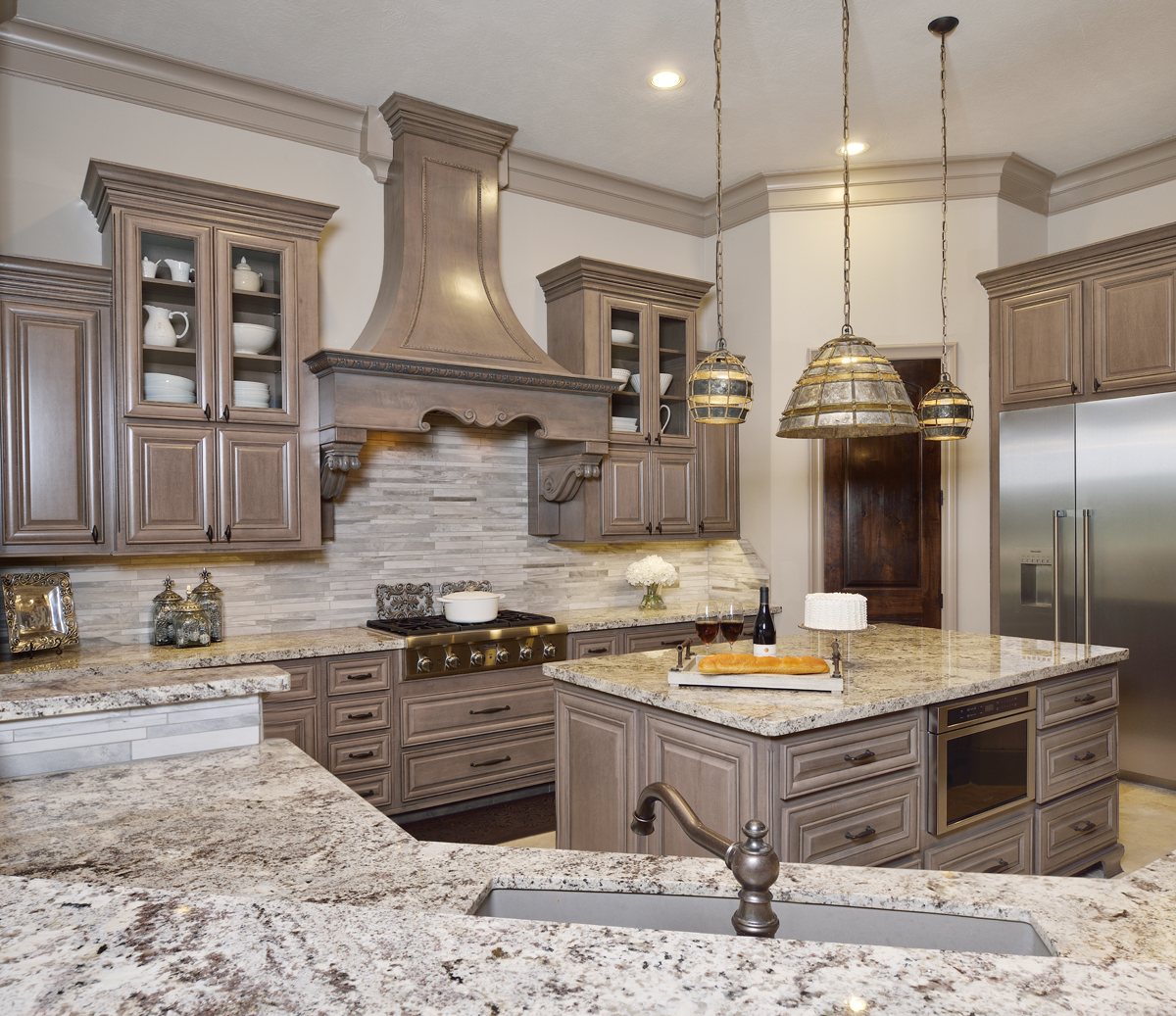
Design by Pamela Hope Designs
According to census.gov, approximately 73 million Baby Boomers live in the United States and by 2030, all Baby Boomers will be age 65 or older. Plus, many of them are caring for their own aging parents as well. While few enjoy thinking about growing older, it certainly affects how and where we live. Fortunately, simple interior design choices can allow people to comfortably and safely live in their homes longer. Not only can upfront planning for your home as you age prevent harmful falls and the unsettling need to move loved ones out of the home where they’ve grown accustomed, but aging in place has also been linked to greater health and happiness. Some of my clients in their 50s and 60s find it surprising that I ask about their long-term wishes when we discuss home renovations. Truly, individuals in this age bracket who are ready to remodel their homes should consider some key aspects to aging in place in order to make their homes the best place for them to continue to thrive in an aesthetically beautiful abode.
Throughout the home, select door levers that can easily be pressed down to open and close doors. In contrast, traditional door knobs require more dexterity, can be challenging for those with arthritis and can be hazardous for those using walkers. Door levers come in a variety of sizes and finishes as shown in the photo above of four of many options from Baldwin Hardware. I encourage clients to grasp a few of the levers that we’re considering to determine which feels the best to them. Something as simple as a curve on the inside/back of the handle creates a soft spot for the fingers to rest and reassures you of the right grip.
Chair rails and wainscoting that protrude slightly from the walls not only can protect the walls from chair scuffs, but more importantly can also provide a balance aide for those unstable on their feet. I suggest a thicker, sturdier material that can securely attach to a wall. Again, the right material and proper application can look classy and be practical.
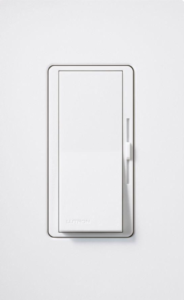
Light switches with rocker panels use slightly more space and are easier to use than smaller toggle switches. Again, dexterity is addressed with the larger switch but also a bigger panel is easier to see as vision deteriorates. Many rocker panels also come with back-lighting, so residents can see the soft glow in the dark and avoid fumbling for the light switch. I also like two-way light switches especially in bedrooms that allow you to run on the bedroom light upon entry and turn it off from the bedside. That’s smart and convenient for clients of any age.
Flooring is a primary concern as we age and encounter issues with our balance. “Opt for soft and smooth surfaces… These softer surfaces will be kinder to joints but won’t pose a trip hazard, like high-pile or excessively padded carpets can,” according to Architectural Digest.
Keep floors level and smooth. Floors with tile and grout need to be sensitive to balance needs. Sometimes it’s even a small, sudden change in floor level that causes issues. When changes in floor elevation are inescapable (often at a home’s entrance or near a stair well), clearly signal the change with a different color, texture or material. This helps people to see and feel the change in the floor. Avoid strong patterns or shiny floors that can be tricky when it comes to depth perception.
While I love throw rugs for pops of color, texture and their grounding characteristics, rugs could be tripped over by those who shuffle their feet or use walkers or wheelchairs. Skip the tripping hazard by reducing the number of small scatter rugs and using the appropriate rug pad for larger rugs.
Stairs can present a challenge for people of any age and even pets – especially large dogs. I almost ALWAYS suggest a runner for your stairs. Not only can a runner add beauty to your home, it will make your stairs less slippery, less noisy and much safer for everyone from the baby to grandma! I had a client who wanted a stair runner up her stunning, three-story staircase but planned to wait until we did some other projects first. When she moved into the new home and found that one of her three female Chocolate Labs would not use the stairs, the stair runner was ordered pronto!
Smart phone technology can simplify routine processes like turning on and off the front door or porch lights as well as interior lights, locking main doors and adjusting the thermostat. While the technology is helpful, senior clients prefer a mobile device with a larger screen like that of a tablet to access these controls. The small size of mobile phones can make seeing the apps difficult for those with vision problems. Finding the right tool is a simple task when considering the upside the technology offers.
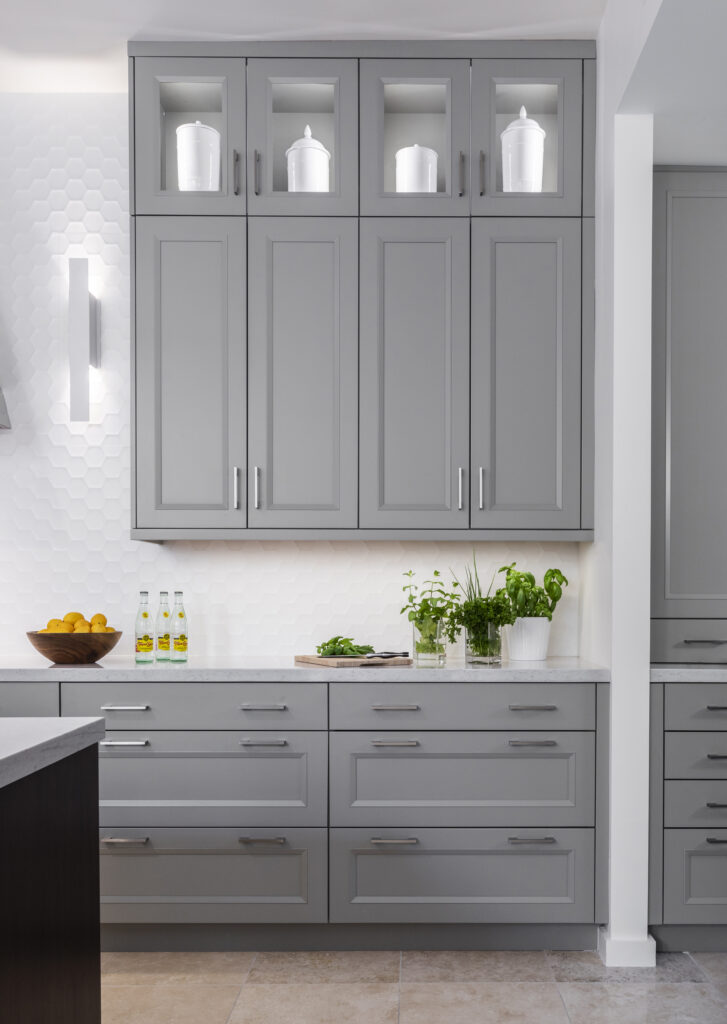
Design by Pamela Hope Designs
Keys to the Kitchen
Plan ample space to maneuver a walker or wheelchair around the kitchen table and counter. The spacious kitchens popular today typically make this an easy task. An island counter on wheels is another option, especially for smaller footprint kitchens, since those can be move out of the way. Also consider cabinet and drawer pulls that minimize the need for fine motor skills. C-shaped and D-shaped drawer pulls allow residents to easily use just a finger or two to pull out a drawer. Cabinet knobs are typically difficult for those with arthritis.
Add pull-out shelves to lower cabinets in the kitchen (and bathroom) so you can access even the items stored in the back. This solution helps avoid back strain. In upper cabinets, place most commonly used items upfront to avoid over-reaching, which can cause people to lose their balance and fall. Store heavy pots and bulky items in lower cabinets. Lazy Susans also allow you to see all of your stored items and access them easily with a little spin.
While a standard kitchen counter top is 36 inches high, varying counter heights adds interest and allows everyone accessibility. For instance, a counter at only 30 inches high is ideal for those sitting. Remember: standing for long periods of time can be arduous, even if you love cooking and baking. A lower counter at least in one carefully planned area of the kitchen provides a preparation area with a seat.
Aging in Place for the Bathroom
As I mentioned in the above kitchen section, plan enough space in the bathroom to turn around with a walker or wheelchair. Additional spacial needs include the height and width at the vanity to accommodate a wheelchair, not just a pretty chair. It’s these little things that really can make a home feel comfortable for people with various physical needs.
For the shower itself, I recommend a wide entrance into the walk-in shower for the same reasons explained above. Avoid the threshold common in many showers that requires you to step over it to enter the shower. That can be a real challenge. Use varying bath tile to differentiate between the bathroom flooring and the entry into the shower itself. Also select shower wall tiles that contrast with floor tiles (even if the only difference is a larger wall tile) to visually differentiate between the floor and walls. This photo addresses so many of these aspects in the shower. With no threshold, you can easily enter the shower without stepping over anything. The warm gray marble shower uses a herringbone floor with a larger wall tile. I love the dramatic, black plumbing fixtures for definition and the adjustable shower head for ease of use.
A grab bar in the shower that’s made to withstand an adult’s weight is also a smart buy. A towel rack or bar is not made to support an adult’s weight. I install grab bars in most of the bathrooms I design. They are a great safety measure and are available in designs and finishes to complement your plumbing fixtures. Please note: blocking in the walls needs to be added to properly install grab bars. Make this decision early and notify your contractor where and how many bars you want installed so he can add the additional framing. This is a desirable feature for any home. If you are bathing a child or a pet, the grab bar can come in handy. I remember attempting to take a shower after tearing my ACL while skiing in Oregon a few years ago. Having never had this type of injury, I hadn’t understood how unstable I would be while standing in the shower that first night just hours after my fall. I had to call the front desk and ask for a shower seat so I had something to hold onto. A grab bar would have made me safer and more comfortable.
Speaking of seats, if room permits, a shower bench that’s 17 inches to 19 inches high and is 15 inches to 16 inches deep allows you to sit comfortably. Most of my clients like a bench in the shower whether for relaxing, grooming or just in case they need a little extra support.
There really are a lot of elements to consider when remodeling a home or building a new house that address aging in place. Many of these ideas are worth considering, no matter what your age. If you’re considering a new interior design project and want to outfit your home for common aging… and life… challenges, let us help you create a home that’s both practical and beautiful. Contact us today.
Which of these tips will you consider adding to your home to make it safer for all ages? Share your thoughts in the comments feature below. I’d love to hear your thoughts on this.

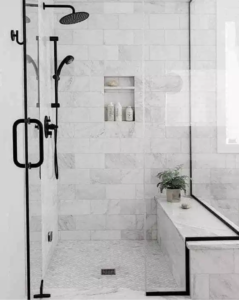
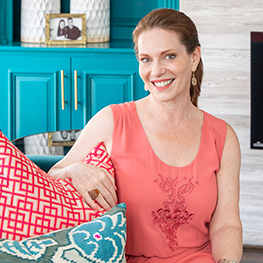
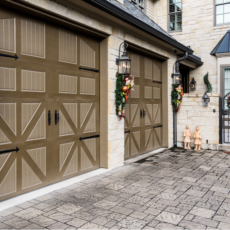
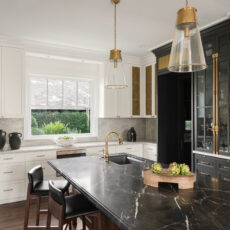

Hi Pamela,
Hope you are well!
Excellent suggestions and well thought out.
very best,
Kathryn
Thank you, Kathryn! I’m glad you found this post helpful. I encourage homeowners to address aging in place needs BEFORE they need those features.